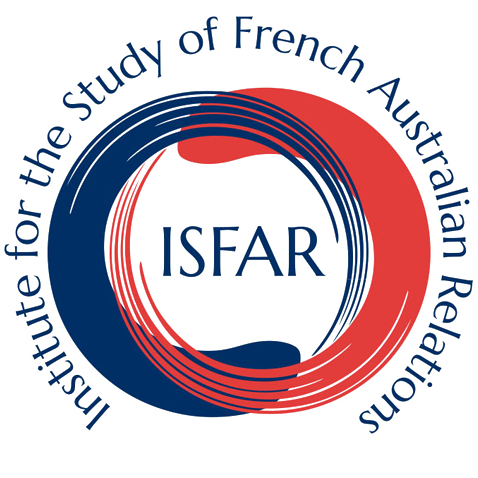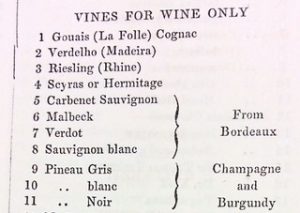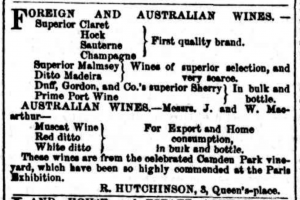William Macarthur was arguably the most assiduous of the Australian pioneer vignerons in his attempts to encourage viticulture in this new British possession. Not only was he instrumental in fostering a wine industry in New South Wales, he also supplied grape cuttings to other colonies and encouraged emigration from Switzerland to establish new vineyards in Victoria.
After schooling in England, in 1815-1816 William travelled to Europe with his father and brother, visiting vineyards in Switzerland and France and collecting vine cuttings, only a few of which survived to reach Australia. On his return he planted a commercial-scale vineyard on the banks of the Nepean river, making his first wine in 1824. Dissatisfied with the initial site, he selected a terraced hillside further from the river for his second vineyard in 1830.
Macarthur’s close attention and careful observations informed his writings on viticulture, first published in the Australian in 1842-43 and collectively as a pamphlet, Letters on the Culture of the Vine, in 1844. His nom-de-plume of ‘Maro’ honoured the Roman poet Vergil whose work, Georgics, included details of vineyard management and winemaking. His book combined the wisdom of earlier authors, principally French, with Macarthur’s observations in France and his own practical trial-and-error experiences. As founding president of the New South Wales Vineyard Association, Macarthur continually sought to advance viticulture and promote Australian wines, the best of which he believed ‘not inferior to that of the Continental productions, even of Ihe more admired and costly kinds’.
At the 1855 Paris Exhibition, where he was a commissioner for New South Wales, Macarthur’s wines were among those selected for the Emperor’s table at the closing ceremony. At its close, Macarthur was honoured with the award of chevalier of the Légion d’Honneur by France and a knighthood by Britain, and with a public banquet on his return to Australia.


